Culture
Listen to the curators of the Decorative Arts Center of Ohio’s ‘A Victorian Christmas’ exhibition discuss the display
By: Emily Votaw
Posted on:
It’s easy to forget that even from our vantage point in late 2021, the Victorian era was not so long ago.
In fact, if one looks around themselves for even just a moment, they’ll see the reverberations of this formative time period in history just about everywhere, and perhaps most surprisingly in how Christmas is celebrated — even though we’re a good 120 years out from the closing of the Victorian era.
Through January 2, 2022, the Decorative Arts Center of Ohio in Lancaster is showcasing this fascinating connection between the past and the present with an exhibition entitled “A Victorian Christmas.” The exhibition is made up of pieces from the collection of curators George and Jeannie Johnson, as well as five Victorian era inspired costumes from the Paramount Pictures archive supplied by fellow curator Randall Thropp.
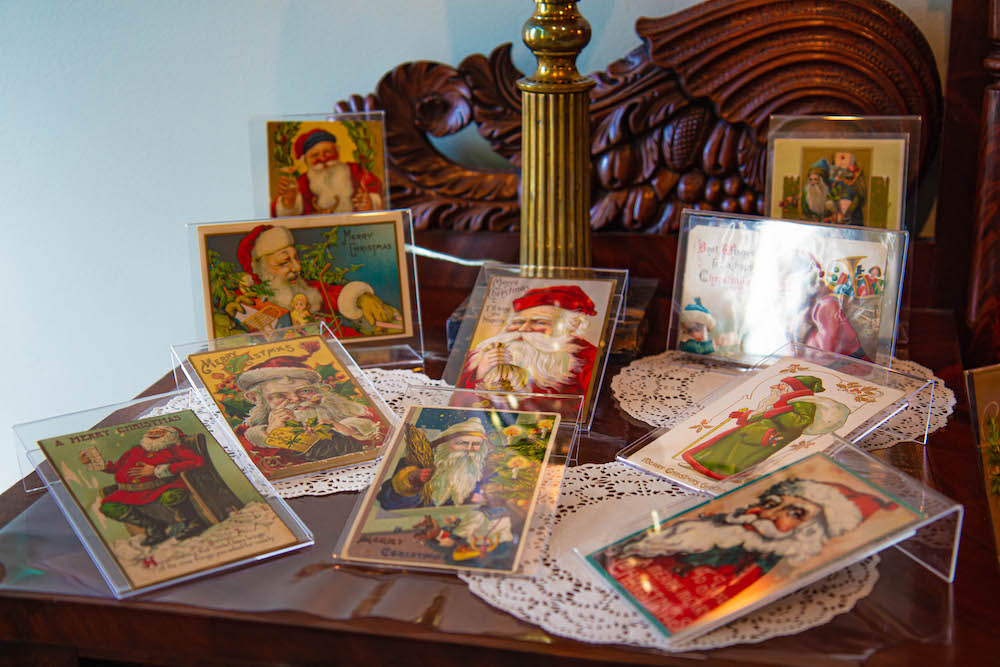
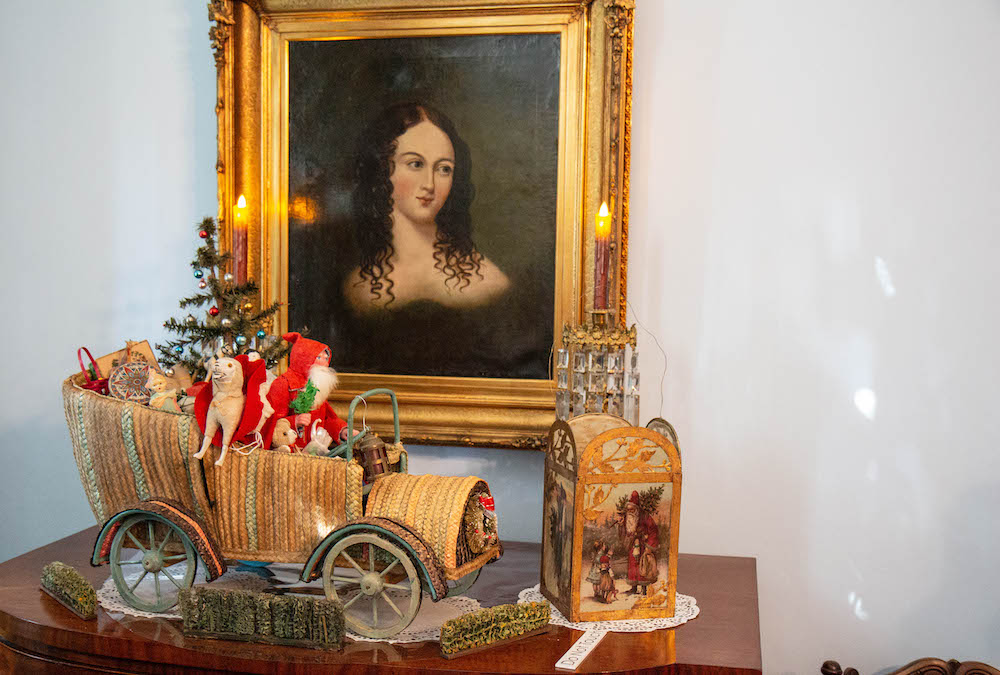
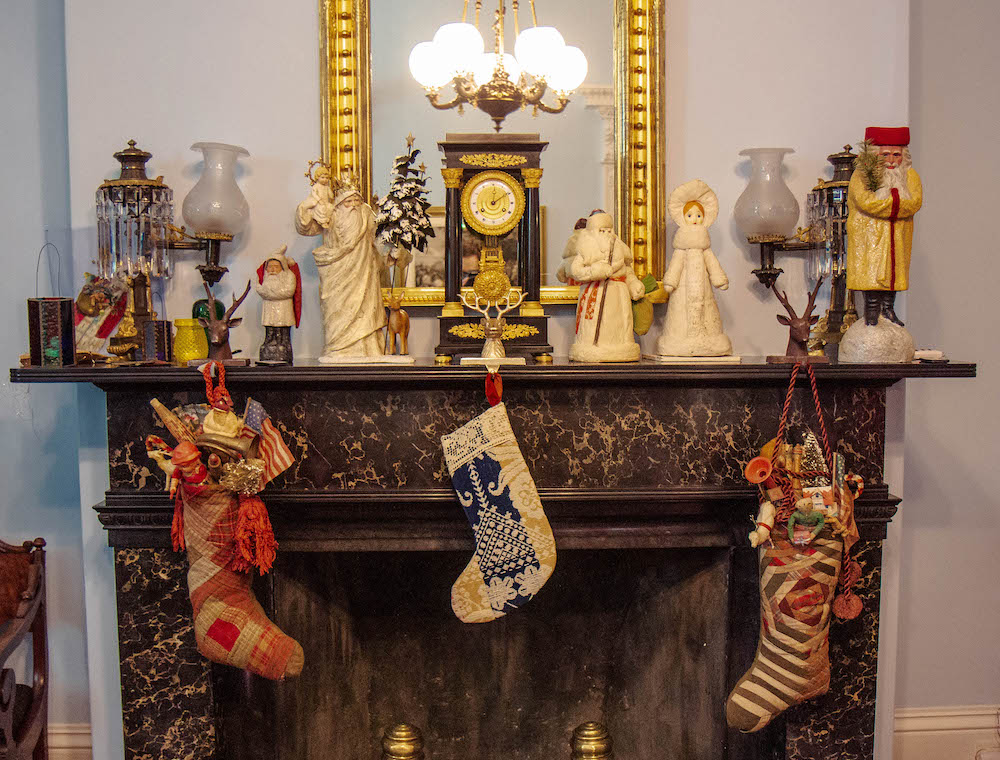
“If you look at women’s magazines at Christmastime that show “Victorian Christmas trees,” they really don’t show what a Victorian Christmas tree really looked like. What they show you are decorator trees, and they’re made to look pretty for a 21st century sensibility. The way those trees are decorated and the way that they’re illuminated and things like that — is not anywhere near what a real Victorian tree looked like,” said Johnson. “And we can see that from photographs from the time period. Very early photographs, in the 1850s, 1860s, were expensive. Most people were just getting a photograph of themselves — but by the time we move into the 1880s, the 1890s, and the 1900s, people were taking pictures of their Christmas trees. So we do have a sense of what those trees looked like. And we’ve got seven or eight images here on display of what Victorian trees actually looked like. And they’re really, really different from the images that we see in the ladies magazines of today.”
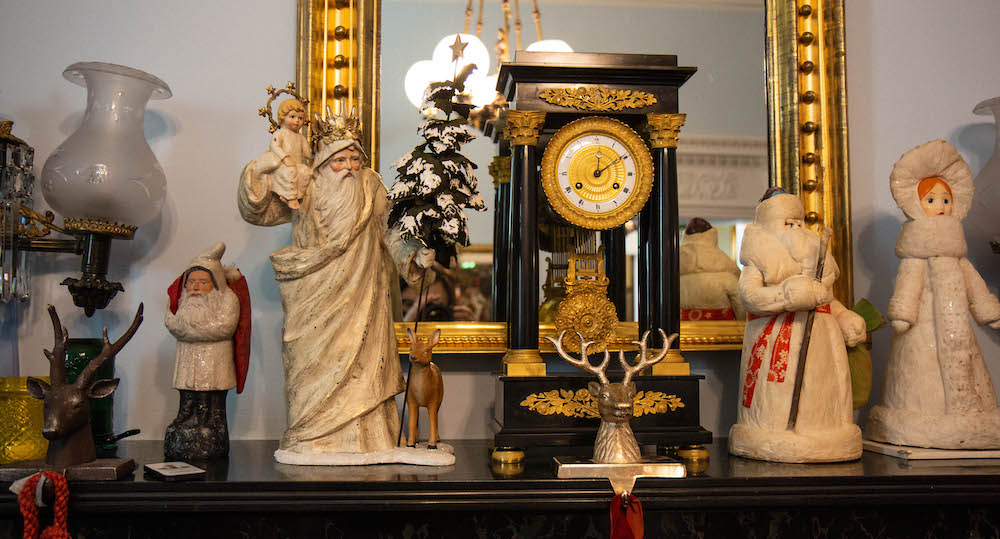
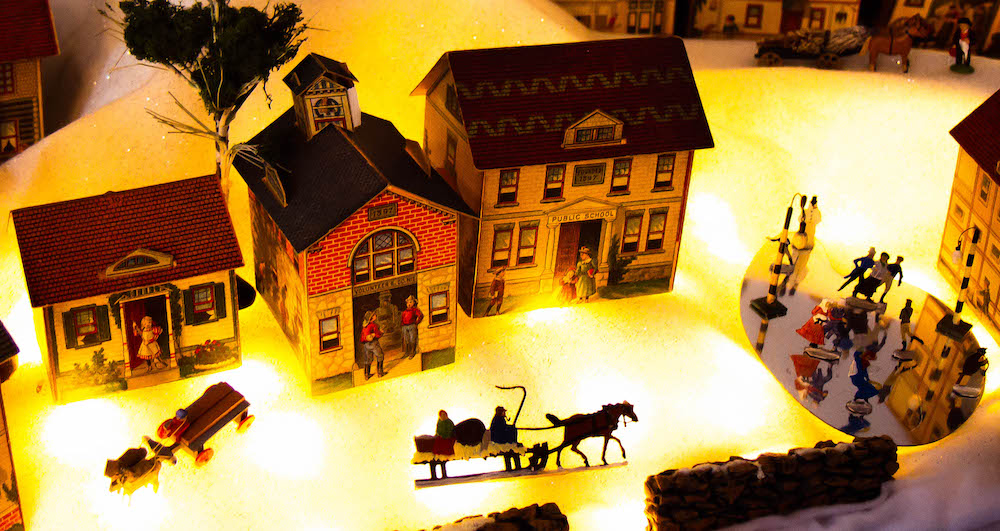
WOUB Culture: What was your contribution to the Decorative Arts Center of Ohio’s “A Victorian Christmas” display, and how does it tie into the “Distinctly Paramount” exhibition?
Randall Thropp: First off, I want to say that this is the first time I have been able to contribute to the annual Christmas exhibit at The Decorative Arts Center of Ohio. It’s an exhibit I look forward to every year – and George and Jeanne Johnson do a remarkable job of showcasing their incredible collection of holiday ephemera. This year I was able to add five Victorian inspired costumes from the Paramount collection. Four of the costumes come from Paramount Television’s production of “The Alienist” and “The Alienist: Angel of Darkness” (based on the books by Caleb Carr). The fifth costume is from, “So Evil My Love” – released by Paramount in 1948. All five productions take place in the late 1890’s. Of course there is a direct relationship with the costumes and the current exhibit, “Distinctly Paramount.” Each costume was meticulously researched for authenticity – also the materials used to create those costumes are fabrics that would have been used in the late 1890’s. The only exception would be the dark green gown worn by Sean Young in “The Alienist” (designed by Michael Kaplan). If you look closely at the gown, there are small flat sequins that give it a certain sparkle. However, in the 1890’s those sequins would be been metal based and not plastic like today. Sadly, those original sequins cannot be found.
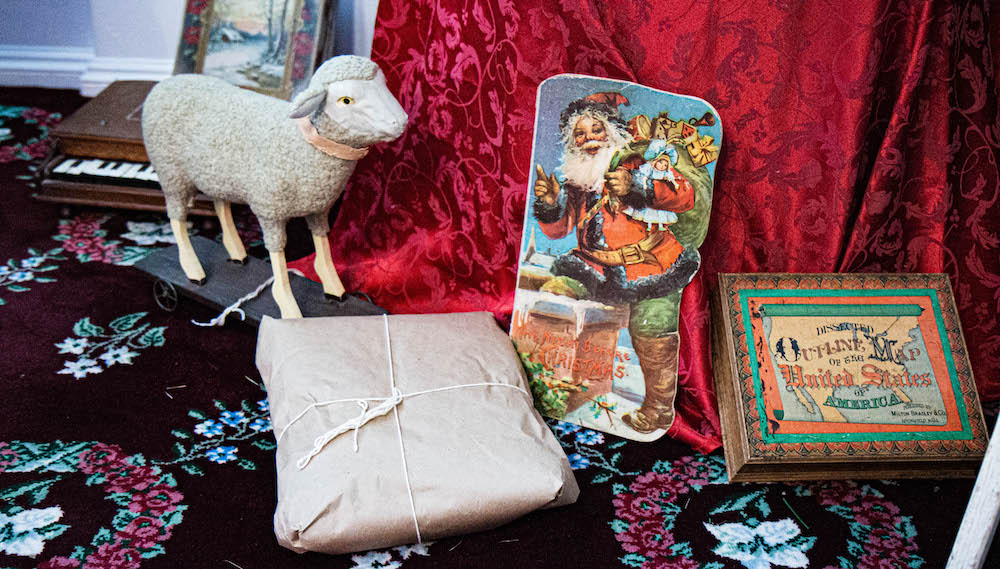
Randall Thropp: High end Victorian fashion is quite luscious, but very restrictive to the wearer. For women, the underpinnings are what give the gowns their shape. Whale bone corsets were commonly used for this effect and must have been extremely uncomfortable to wear for a long period. I’ve also wondered how on earth they kept those gowns clean. Imagine unpaved streets, mud, dust, humidity, horses, etc. The hems must have taken a beating! Perhaps this is why people changed their clothes multiple times throughout the day. You had morning wear, day wear, evening wear and formal wear for dinner. There was a piece of wardrobe for every occasion or event. Women also needed a bevy of accessories including hats and gloves. The men’s garments were also restrictive to the wearer, sans the whale bone. Men’s formal attire had many layers and very stiff, starched collars. The goal for both men and women was to be extremely well mannered and to present yourself in the most perfect possible light. I’ve gone to several exhibits over the years that featured Victorian fashion and I was always impressed with the embellishments they had – bows, ribbons, fabric flowers, intricate pleating and fine stitching – all remarkable design choices mostly hand done. However, I think Hollywood took those details as inspiration and elevated the look to a more glamorous level to showcase the star wearing the gown. I can think of three films right off the top that did that – “The Age of Innocence,” “Moulin Rouge,” and “Gigi.” Excellent examples of talented costumes designers elevating the essences of the period.
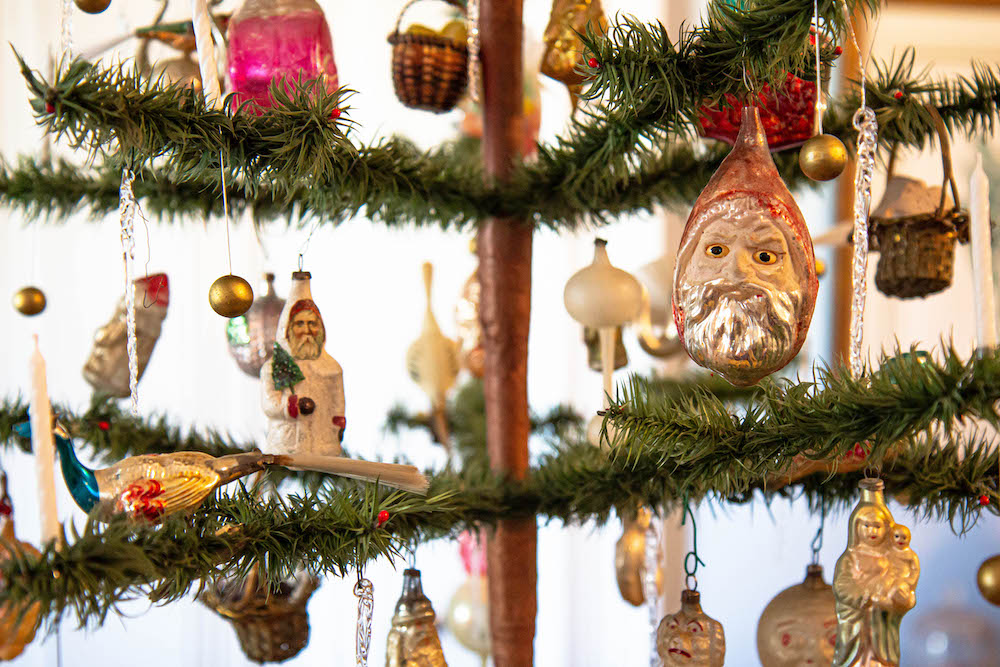
Randall Thropp: Truly not many, today. However, there has been a slight resurgence of the Prairie look – which is not necessarily “Victorian”, but technically came out the the Victorian era. In the 1980’s, large puffed sleeves reappeared. There is an example of this in the current exhibit. It’s a black two piece suit in the “Black Gallery” that was designed in the 80’s for Saks Fifth Ave. and was used in the film “Vice.”
WOUB Culture: “Distinctly Paramount” has been on display since June at the Decorative Arts Center and it will be coming down very early next year. Has the significance of this exhibition changed for you at all over the course of the six months that it has been up as compared to what its significance was when you first installed the exhibition?
Randall Thropp: I have been truly blown away by the response the exhibit has received. I never imagined it would be so popular with museum goers. The best part is that this is the first exhibit I’ve done at Decorative Arts Center of Ohio that runs into the school year. My hope was that high school and college classes would be able to come and study the garments for inspiration – and this has happened! The sad thing for me is that once I got back to my archive warehouse in Hollywood I found at least 25 more costumes that were worthy of this exhibit. It will be interesting to see if another museum would like to do the exhibit in another location. Paramount refers to the Decorative Arts Center of Ohio as my “laboratory” – where exhibits are tried and tested – and this one has truly passed the test with the public!
“A Victorian Christmas” will be open during the Decorative Arts Center of Ohio’s usual business hours: Wednesday through Friday from 11 a.m. to 4 p.m. and Saturday and Sunday from 1 p.m. to 4 p.m. Entrance to the Decorative Arts Center of Ohio is always free.

